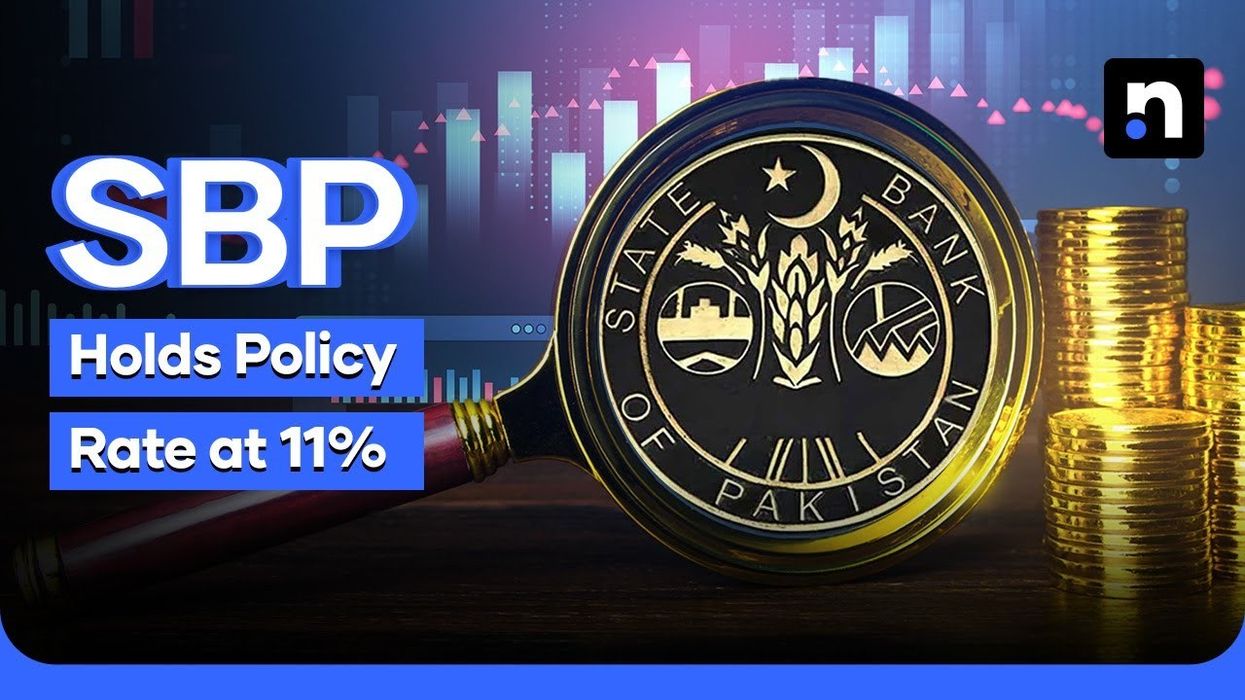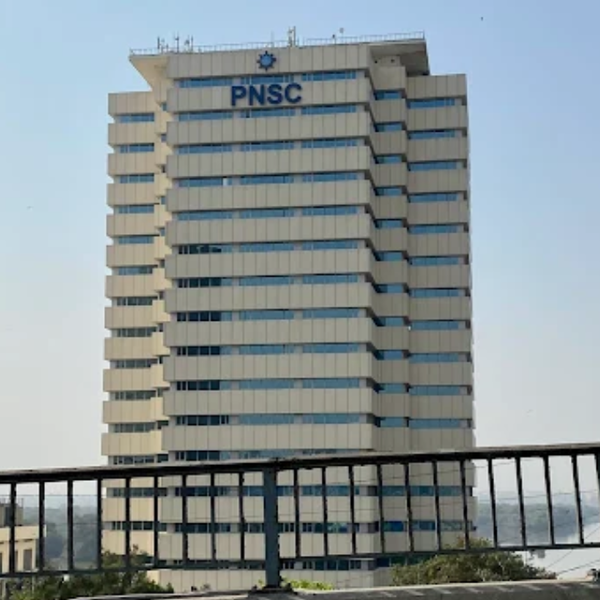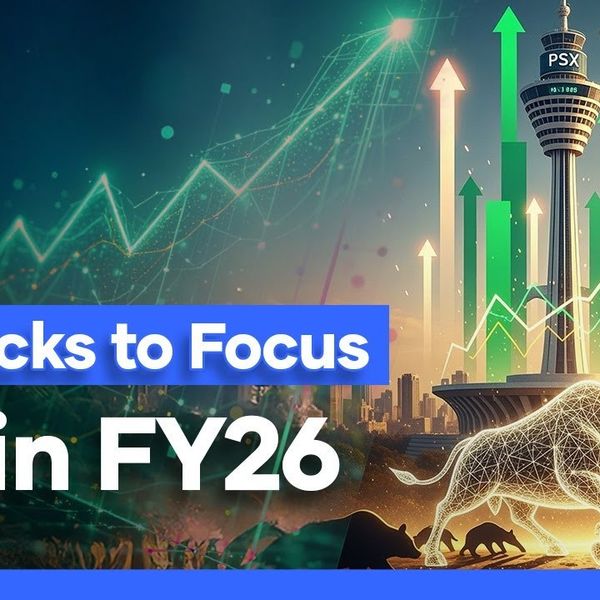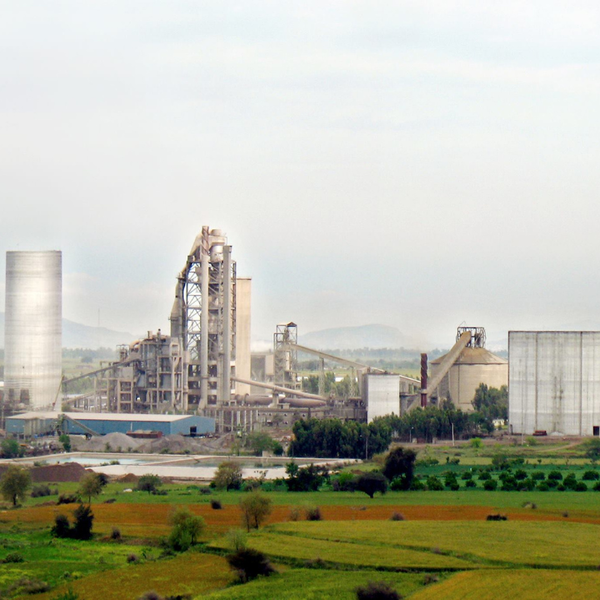Pakistan keeps interest rate unchanged
SBP expects inflation to increase, but remain in the range during FY26
Business Desk
The Business Desk tracks economic trends, market movements, and business developments, offering analysis of both local and global financial news.
The State Bank of Pakistan decided to keep the policy rate unchanged at 11% on Monday.
Its Monetary Policy Committee (MPC) noted that the increase in inflation in May to 3.5% was in line with its expectation, whereas core inflation declined marginally. Meanwhile, inflation expectations of both households and businesses moderated.
Inflation is expected to trend up and stabilize in the target range during FY26. The MPC also assessed that economic growth is picking up gradually and is projected to gain further traction next year, supported by the still-unfolding impact of earlier policy rate cuts.
In line with SBP’s forecast, headline inflation rose to 3.5% year-over-year in May, up from 0.3% in April. This reversal largely reflects the phasing out of the favorable base effect from food prices, along with persistent core inflation.
In contrast, energy prices remained lower than last year, mainly due to moderation in global oil prices. The Monetary Policy Committee’s initial assessment indicates that recent budgetary measures will have a limited impact on the inflation outlook, the MPC stated in the Monetary Policy Statement.
Some near-term volatility in inflation is expected before it gradually rises and stabilizes within the 5% to 7% target range. However, this outlook remains subject to multiple risks, including potential supply-chain disruptions from regional geopolitical conflicts, volatility in oil and other commodity prices, and the timing and magnitude of domestic energy price adjustments.
The Monetary Policy Committee noted several key developments since its last meeting. First, real GDP growth for fiscal year 2025 is provisionally reported at 2.7%, while the government is targeting higher growth of 4.2% for the next year.
Second, despite a substantial widening of the trade deficit, the current account remained broadly balanced in April. The completion of the first IMF Extended Fund Facility review led to a disbursement of around $1 billion, increasing the State Bank of Pakistan’s foreign exchange reserves to $11.7 billion as of June 6.
Third, revised budget estimates indicate a primary balance surplus of 2.2% of GDP for fiscal year 2025, up from 0.9% last year. The government is targeting a higher primary surplus of 2.4% of GDP for the next year. Lastly, global oil prices have rebounded sharply, reflecting the evolving geopolitical situation in the Middle East and some easing of U.S.-China trade tensions.
The central bank had kickstarted the monetary easing cycle in June 2024 following a decline in inflation, slashing the interest rate by 1,000 basis points (bps) before pausing it in March. It restarted the cycle by decreasing the interest rate by 100bps in May.
According to a poll conducted by Reuters, many analysts who had earlier predicted a cut of 50 basis points in today's meeting changed their positions following the escalating conflict in the Middle East.








Comments
See what people are discussing